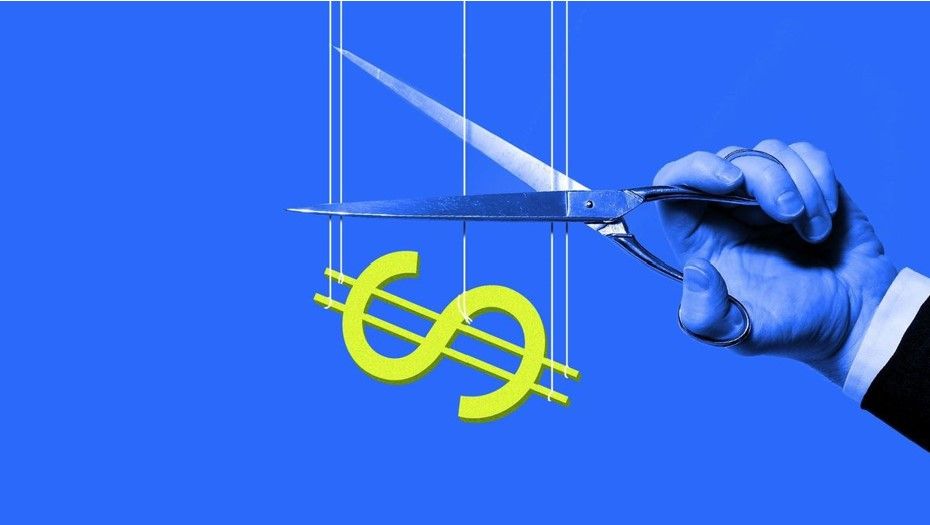Economy, eNews
Lead, follow or buy bonds?

Bob Dylan famously sang, “You don’t need a weatherman to know which way the wind blows.” The market started the new year on a roller coaster, with the S&P 500 hitting an all-time high, then selling off on news of a fresh AI model from China. Many reacted by buying the dip in AI stocks, and the S&P 500 closed the month with a 2.7% gain. Mid-cap stocks outperformed their large-cap peers while small-cap continued to lag.
The Fed’s comments were less hawkish than expected, giving the green light to risk assets, albeit with the possibility of higher volatility. Earnings reports have generally been strong, but laggards have been severely punished. Consumer spending has remained robust, and gold hit new record highs. With a binding U.S. debt limit coming up, expect the new Treasury secretary to issue more Treasury notes and fewer Treasury bills. Longer-term Treasury Inflation-Protected Securities (TIPS) now pay a real yield of just under 2.5%, leading some advisors to recommend them over stocks, given current valuations.
Commercial credit conditions remain benign, though as Figure 1 shows, the median cumulative default probabilities for two and three years are flashing a warning sign. Uncertainties around tariffs and inflation only add to market unpredictability.

Gold hitting a record high is another interesting signal to examine. Gold prices often represent long-term inflation risk, and the amount of confidence people have in the Fed’s ability to keep prices under control. The Fed operates with lagging data on both inflation and jobs. Its forecasts are further complicated by the increasing magnitude of post-reporting adjustments.
China’s exports have surged, while its imports have stagnated. Once the U.S. starts a tariff regime, how will other countries react to that—and to the resulting China trade imbalance? The Fed’s toolkit currently has significant limits. It cannot control global supply chains, geopolitical risks, government spending or U.S. total debt and statutory ceilings. You could easily argue that the record gold price represents a lack of confidence in the Fed’s ability to navigate a spike in prices, as well as skepticism that the government can cut expenses–and, by extension, get debt under control.
The timing is right for investment in model development—and by that, we mean not just machine learning, deep learning and AI tools, but data. From an investing or lending standpoint, it has never been more important to have the equivalent of a market flight simulator for developing appropriate off-ramps to risk-on behavior. One of my favorite quotes from Alan Greenspan is, “History has not dealt kindly with the aftermath of protracted periods of low-risk premiums.” The best offense is a good defense. Strong models with even stronger data inputs allow you to leverage market conditions while having a plan to unwind quickly if needed.
Contemporaneous Credit Conditions
The Kamakura Troubled Company Index® closed the month at 8.57%, down 0.60% from the prior month. The index measures the percentage of 42,500 public firms worldwide with an annualized one-month default probability of over 1%. An increase in the index reflects declining credit quality, while a decrease reflects improving credit quality.
At the end of January, the percentage of companies with a default probability between 1% and 5% was 6.26%. The percentage with a default probability between 5% and 10% was 1.22%. Those with a default probability between 10% and 20% amounted to 0.79% of the total; and those with a default probability of over 20% amounted to 0.30%. For the month, short-term default probabilities ranged from a low of 8.45% on January 30 to a high of 9.17% on January 1.
About the Troubled Company Index
The Kamakura Troubled Company Index® measures the percentage of 42,500 public firms in 76 countries that have an annualized one-month default risk of over one percent. The average index value since January 1990 is 14.04%. Since July 2022, the index has used the annualized one-month default probability produced by the KRIS version 7.0 Jarrow-Chava reduced form default probability model, a formula that bases default predictions on a sophisticated combination of financial ratios, stock price history and macro-economic factors.
The KRIS version 7.0 models were developed using a data base of more than 4 million observations and more than 4,000 corporate failures. A complete technical guide, including full model test results and key parameters, is provided to subscribers. Available models include the non-public-firm default model, the U.S. bank model, and the sovereign model.
The version 7.0 model was estimated over the period from 1990, through the Great Recession and ending in February 2022. The 76 countries currently covered by the index are Argentina, Australia, Austria, Bahrain, Bangladesh, Belgium, Belize, Botswana, Brazil, Bulgaria, Canada, Chile, China, Colombia, Croatia, Cyprus, Czech Republic, Denmark, Egypt, Estonia, Finland, France, Germany, Ghana, Greece, Hungary, Hong Kong, Iceland, India, Indonesia, Ireland, Israel, Italy, Japan, Jordan, Kenya, Kuwait, Luxembourg, Malaysia, Malta, Mauritius, Mexico, Nigeria, the Netherlands, New Zealand, Norway, Oman, Pakistan, Peru, the Philippines, Poland, Portugal, Qatar, Romania, Russia, Saudi Arabia, Serbia, Singapore, Slovakia, Slovenia, South Africa, South Korea, Spain, Sri Lanka, Sweden, Switzerland, Tanzania, Taiwan, Thailand, Turkey, the United Arab Emirates, Uganda, the UK, the U.S., Vietnam and Zimbabwe.
Gain more insights from Martin Zorn as he leads the session, Credit Modeling: Using AI to Improve Performance, at NACM’s Cleveland Credit Congress.
Martin Zorn is Managing Director of Risk Research and Quantitative Solutions at the SAS Institute. He joined Kamakura in January 2011 and was its President and COO, and a member of its Board prior to its acquisition by SAS in June 2022. In November 2022, he became responsible for building the Risk Data and Analytics business within SAS as well as completing the integration of Kamakura into SAS.
To read the full article, including images and graphs, click here.




